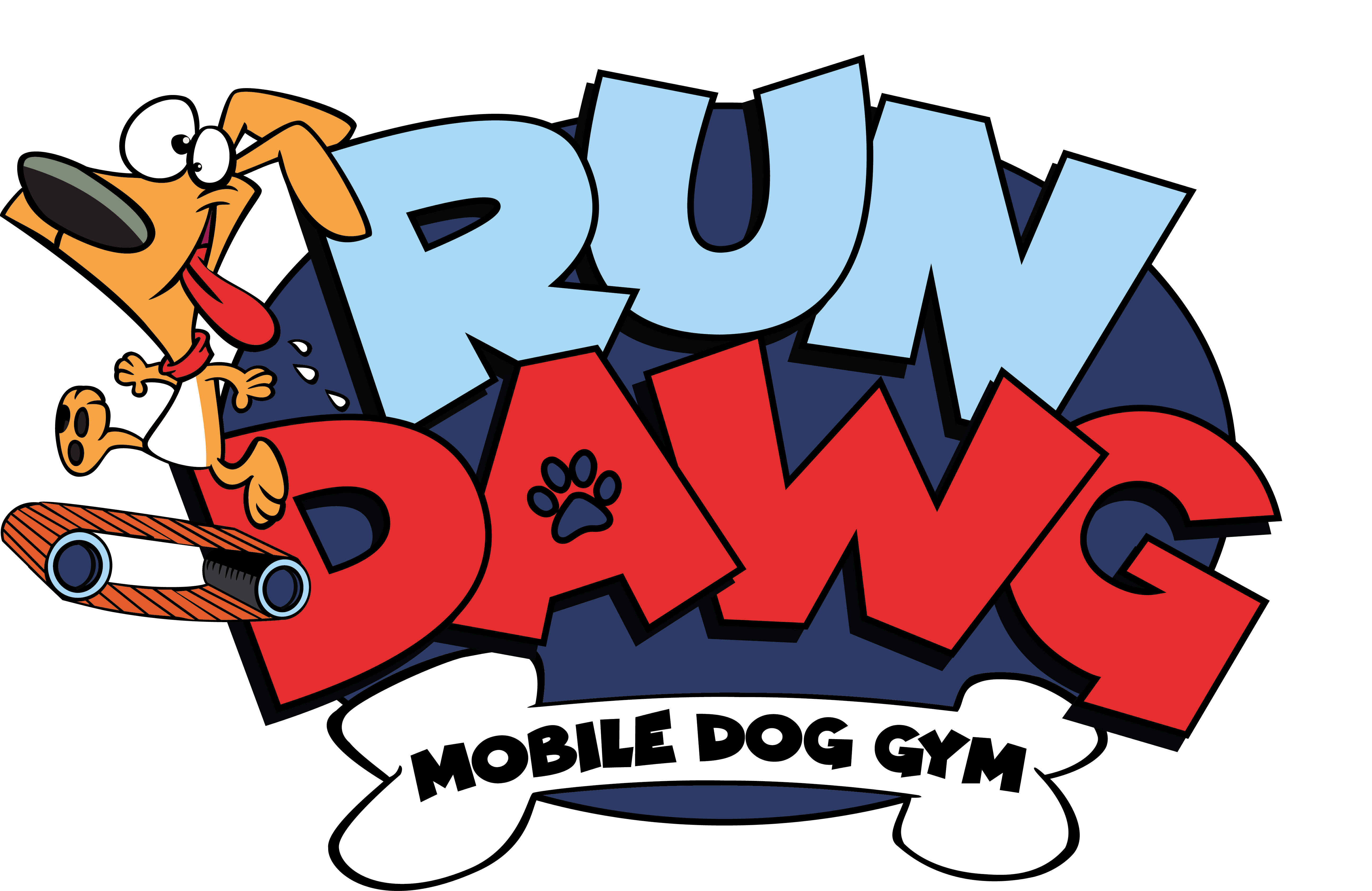For the discussion at hand, we are going to stick to the topic we specialize in, non-motorized treadmills (slatmills) and their use in dog fitness and exercise. A slatmill is a treadmill specifically made for dogs that has no motorized function which pushes the belt. It is a series of slats connected to a continuous belt, essentially creating a conveyer belt that provides a flat and stable surface for the dog to run on. The dog is harnessed to a clip on the machine so as to provide them the ability to pull against it, creating momentum under their feet instead of walking off the end. This provides the ability for the dog to fun or walk at any speed they like, to stop and sit down as well as completely lay down if they choose. Speed is encouraged through motivation, utilizing either prey drive or the desire of the dog to come toward the human who is calling them forward.
Slatmills are safe for dogs as long as the coach understands exercise and how it impacts the body. One error that is commonly made by inexperienced operators is to allow the dog to exercise too often, ultimately leading to an overtraining situation. This happens because people will purchase a slatmill and then use it to replace the leisurely walks that the dag would normally do with them. If the slatmill is being used by a dog that only leisurely walks, then the only added workout load is the weight of the belt they are pulling. In these cases, the dog is probably not exerting themselves enough to do any real damage if used often, even daily. The real issues start when you have a dog that is high energy or high drive. These types of dog will enjoy the feeling of extreme exertion and fast running, added to by the extra resistance of the belt weight. This type of dog will many times enjoy the process so much that they will go n=to near exhaustion during each session. While exhaustive exercise is ideal for strength and conditioning building, if done without appropriate rest and recovery in between sessions it can cause damage.
Exercise for strength and conditioning is based on exhaustion. What this means is that the actual building of larger and stronge muscles is a reaction to the situation that body has been subjected. The natural state of the body is to only grow as big and strong as is necessary to function in the typical way it functions. Only through adding more resistance to the daily routine of that body is more strength achieved, as the body reacts to the condition of being depleated. The actual strength building happens during the rest and recovery period after exhaustive exercise, meaning you are not getting stronger during the exercise. The exercise session is designed to push the muscles past the point they typically function comfortably within, and trigger a groth response to compensate. This is the pattern that bodybuilders utilize to build bigger mass and stronger muscles. If you try to rush the process, you will not allow enough rest and recovery in between sessions to allow those muscles to heal, which causes you to break down muscle fibers that are still in a healing phase. Repetitive exercise sessions that do not allow enough recovery in between result in muscles losing mass and strength, the exact opposite of the goal. When people buy a slatmill,many times they over-exercise the dog in order to “tire him out” and make the dog easier to deal with. A high drive dog that pushes their body to the limit due to enjoying the feeling, if allowed to exercise again before enough rest has been achieved, will actually become weaker as a result. This is a classic case of overtraining because the coach did not understand that the athlete needs to recover for longer than you would typically expect, if they are pushing themselves near the exhaustion point. The rest and recovery period for intense exercise can range upwards of 4 to 7 days after a session to achieve full recovery. This will be different for every dog, but as a general rule they need several days in between sessions to recover. Using the slatmill too often to simply “tire the dog out” when combined with a dog who will push themselves to far, is a recipe for damage.
Slatmills are safe for dogs to use as long as the coach supervising and guiding the exercise undertands how exercise impacts the body. If they do not understand this, or if they are using it to simply exhaust the dog every day in order to make them more manageable, the equipment is no longer safe. Like all things, if the tool is in the hands of a capable operator it is perfectly safe, but if misused it dan do significant and permenent damage.

